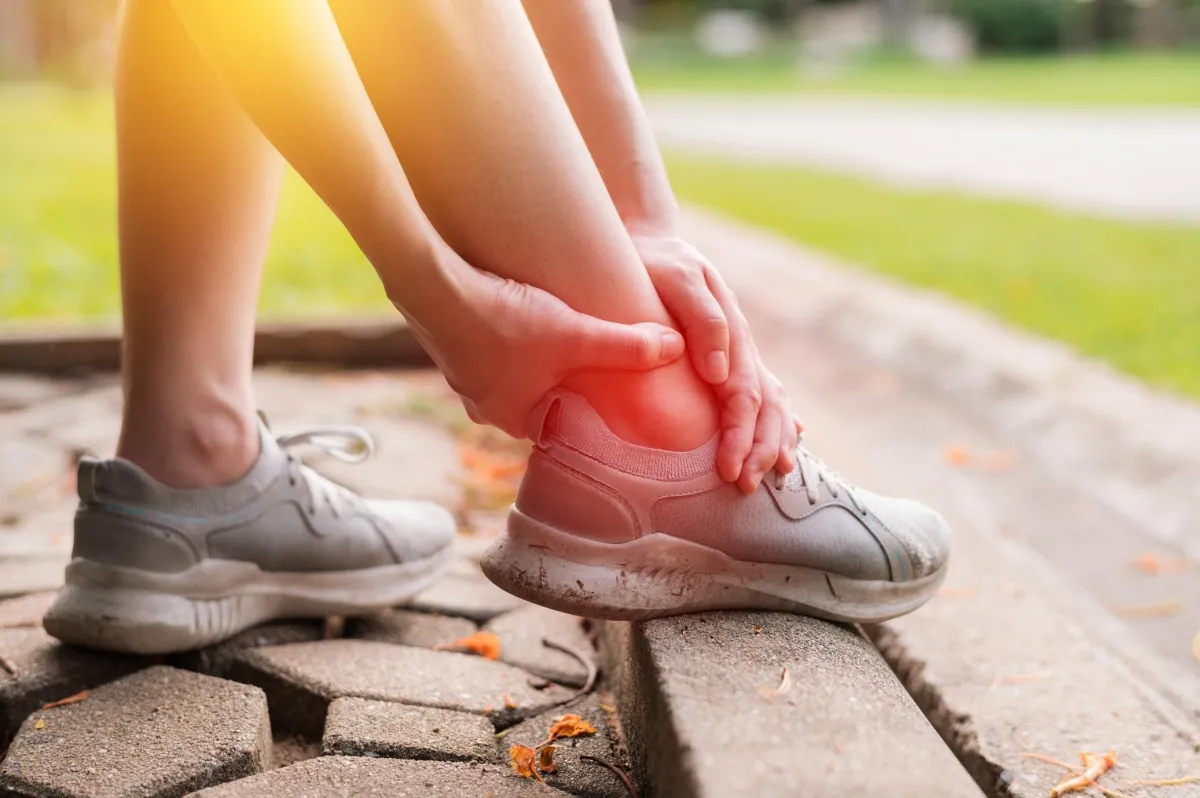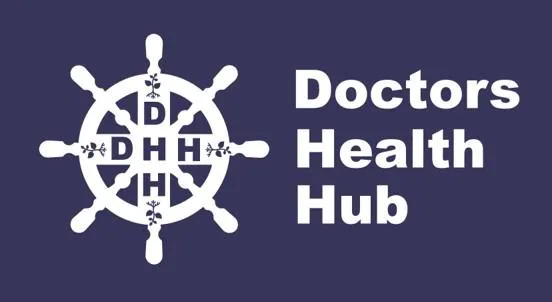Learn More. Feel Better. Live Healthier.
Committed to Helping You Navigate True Health
In an environment of public dissatisfaction in health care we strive to be an advocate of information for doctors and patients. Subscribe for free information about alternatives for your health condition.

Connecting Unique Healthcare Information with Common Sense
Scientific health discoveries can take decades to appear clinically. Let's here to bridge the gap.

Physical Health
Suppressed solutions for pain and physical dysfunction are discussed here.

Biochemical Health
Chronic disease has become an epidemic, making prevention paramount. Discover new avenues of healthcare diagnostics and functional resolutions

Mental Health
Solutions for mental health can be found here.

Connecting you with doctors that can help
There are multiple offices that may be able guide to the right solution for your health condition.
Helping find doctors that consider root cause
Minimally invasive methods that help
Discover the best options
Connecting the Right Patient to the Right Approach
The average person who wants to feel better and live healthier would like to do it in a way that requires less need for surgeries, medication dependency, shots and invasive technologies that can cause harm to our health. When there are physicians who focus on more efficiency, safety, less invasiveness and more healing technologies. We help bring them to the forefront.


Connecting Health Problems to Real Solutions
As patients are struggling and not finding answers we hear the call and we're here to help.
60%
Of adult Americans have at least one chronic disease
This includes diabetes,
cancer, and cardiovascular disease, autoimmunity, thyroid disease
50 million
50 million adults in the United States experience chronic pain
Every year there's an increase in the number of chronic pain cases.
500,000+
Medications are the third leading cause of death
Nunc porttitor, diam ut euismod commodo, urna augue


Committed to Helping You Get Healthy
Lorem ipsum dolor sit amet, consectetur adipiscing elit. In convallis turpis efficitur enim efficitur pulvinar.

Deeper Insights
Nunc porttitor, diam ut euismod commodo, urna augue dictum lectus in consectetur purus.

Putting it together for you
Nunc porttitor, diam ut euismod commodo, urna augue dictum lectus in consectetur purus.
Committed to Helping Your Health Improve
Getting the right information at the right time is crucial for timely results. Too many are unable to get connected to the right health information and options that match their needs. We are here to introduce new and effective health ideas and connect you to the right sources.

J. Wheeler

I've opened my eyes to new options

B. Jackson

I would have never known about the best healing options had I not been introduced.
Read Our Latest Blogs
Lorem ipsum dolor sit amet, consectetur adipiscing elit.

Ankle Injuries and Treatment Options: From Conservative to Less Conservative Approaches
“Don't let pain define you, let it refine you .” - Tim Fargo
Ankle Injuries and Treatment Options: From Mild to More Aggressive Approaches:
Ankles bear the weight of our entire body, allowing us to walk, run, jump, and move with agility. Given their crucial role and constant use, they're prone to various injuries. From sprained ankles sustained during a game of basketball to more chronic issues like arthritis, understanding ankle injuries and their treatment options is essential. This article will explore common ankle injuries and weigh the pros and cons of various treatment approaches, ranging from conservative to less conservative.

Common Ankle Injuries
1. Sprains and Strains: Often due to overstretching or tearing of the ligaments (sprains) or muscles and tendons (strains).
2. Fractures: Breakage of one or more of the ankle bones.
3. Achilles Tendinitis: Inflammation of the Achilles tendon, often due to overuse.
4. Ankle Impingement: Pain and swelling at the front or back of the ankle due to bone or soft tissue pinching.
5. Ankle Instability: Repeated turning of the ankle, especially on uneven surfaces, leading to chronic pain and recurrent sprains.
Treatment Options
1. Conservative Approaches
Pros:
- Non-invasive: These treatments generally avoid surgical procedures, which reduces risks related to anesthesia or potential infections.
- Cost-effective: Conservative methods are often more pocket-friendly than surgical options.
- Self-administered: Many treatments, like RICE (Rest, Ice, Compression, Elevation), can be managed at home.
Cons:
- Prolonged Recovery: The healing process might be slower compared to more direct interventions.
- Potential Incompleteness: Severe injuries may not heal fully with conservative methods alone.
a. RICE Method: A standard initial treatment involving Rest, Ice, Compression, and Elevation.
b. Physical Therapy: Therapists provide exercises and techniques to strengthen muscles, improve flexibility, and restore ankle function.
c. Bracing and Taping: Provides support to the injured ankle, preventing further injury and aiding in healing.
d. Over-the-Counter Pain Relievers: Medications like ibuprofen help reduce pain and inflammation.
e. Topical Analgesics: Gels, creams, and patches applied to the skin to relieve pain and inflammation.
2. Less Conservative Treatments
Pros:
- Direct Problem Addressal: Surgical interventions can tackle the root cause, leading to more effective and quicker recoveries in some cases.
- Potentially Permanent Solutions: For chronic or severe injuries, surgery might offer a long-term solution that conservative treatments can't provide.
Cons:
- Surgical Risks: Invasive procedures come with potential complications, such as infections, anesthesia reactions, or extended healing periods.
- Greater Financial Burden: Surgical options and associated aftercare are often pricier.
- Extended Rehabilitation: Post-operative recovery often involves extended physical therapy and limited mobility.
a. Arthroscopy: A minimally invasive procedure where small instruments, guided by a camera, are inserted to repair or remove damaged tissue.
b. Ligament Reconstruction: In cases of chronic ankle instability or severe sprains, the damaged ligaments might need surgical reconstruction.
c. Fracture Fixation: Broken bones may require plates, screws, or pins to stabilize them, ensuring proper healing.
d. Ankle Replacement or Arthrodesis (fusion): For severe arthritis or irreparable ankle damage, parts of the ankle might be replaced or fused to alleviate pain and restore some function.
Making an Informed Decision
When navigating ankle injuries, consider the following steps:
- Professional Diagnosis: Always consult a specialist (orthopedic or podiatrist) for a thorough examination and expert advice.
- Severity Evaluation: Mild injuries might heal with conservative measures, but extensive damage may necessitate surgical intervention.
- Lifestyle Assessment: Consider how the injury and potential treatments align with your daily activities, work demands, or athletic pursuits.
- Long-Term Implications: Think beyond immediate relief. Some treatments, while providing quick relief, might not be the best long-term solution.
In conclusion, ankle injuries, given their frequency and potential impact on mobility, require thoughtful treatment decisions. By comprehending the pros and cons of various treatment avenues, from conservative methods to more direct surgical interventions, you can make choices best aligned with your health needs and lifestyle. Always prioritize professional guidance before choosing any treatment pathway.

© 2023 Doctors Health Hub - All Rights Reserved, This site is for informational services and not to be used for the diagnosis and treatment of disease.
This site is not part of the Facebook website or Facebook Inc. Additionally, this site is NOT endorsed by Facebook in any way. FACEBOOK is a trademark of FACEBOOK, Inc.



